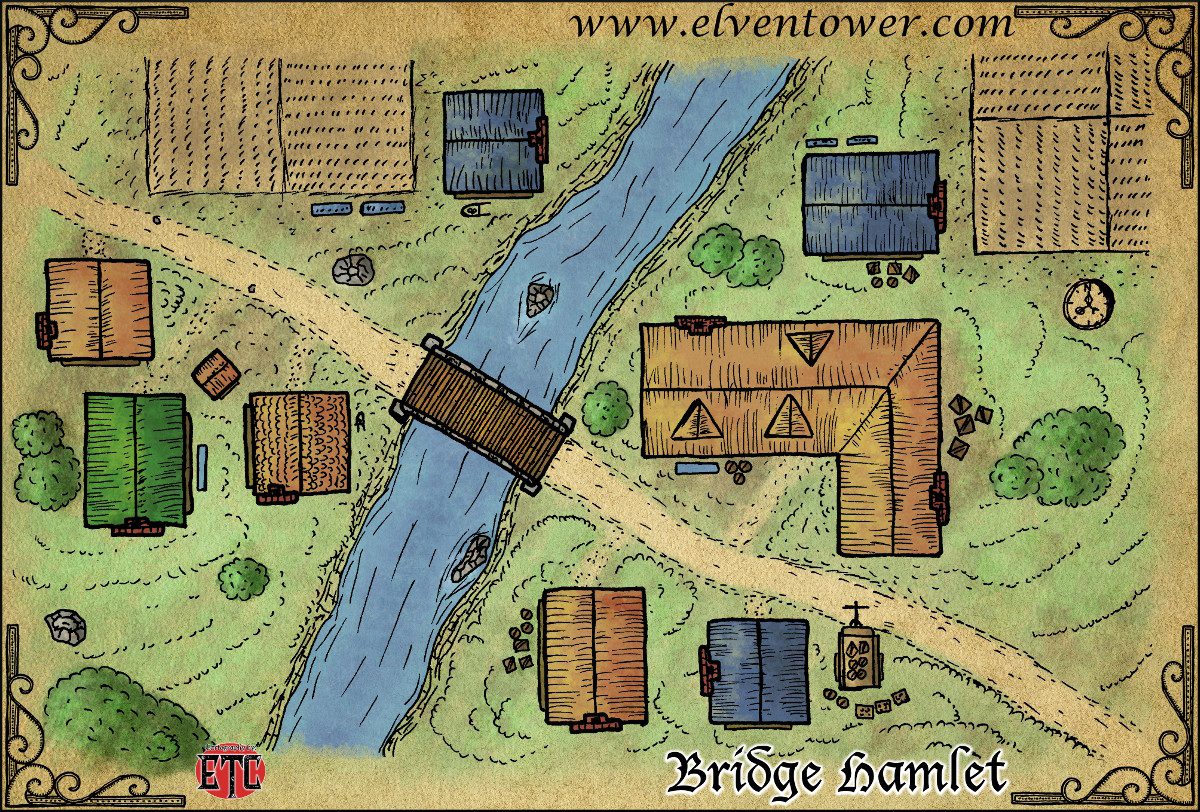Introduction
So you made it to the big leagues, or your friends pressured you into running the game for them for the very first time. First off, congratulations on one of the funnest parts of Dungeons and Dragons, secondly, get ready for some of your campaign to not be done or done at all. That is not a bad thing, but it can get tedious to constantly modify your campaign or work on the fly if you are new. In this entry I am going to go over the three phases that I use to create a campaign.Time to get a few materials: Lined paper, some printer paper, a pen or pencil and maybe a hi-lighter or three.
Expect 5 more sections to be updated once a week, each addressing three new topics.
Deciding Where Your Campaign World is
| A full map of Faerun, the official campaign map. It can be found here for download: http://www.pocketplane.net/volothamp/images/faerunlarge.jpg |
If you are new to Dungeons and Dragons, you might be asking yourself, "Is there an established world?" Or "Is it alright to create my own world?" The answer is yes and yes. In the current iteration of Dungeons and Dragons (Fifth Edition), the world has several official campaign books that take place in the Forgotten Realms setting. The most current campaign out is Tomb of Annihilation, and is very much worth playing or at least looking at for ideas in your own world.
Forgotten Realms is also rich with maps, lore, ecosystems and adventures that have been created, ran to the ground and then ran again.
Creating your own world is easy if you take the idea of starting small and building large. I'd almost always advise starting with building a town, but if you want to start a little larger, start with an island. Islands allow you to use water as a natural border until you are ready to expand to a cross-continent adventure and should provide enough content for players up to 5-7-9-20 with enough imagination and the right party.
Flowchart Brainstorm
Once you get at least a rough idea of what your world is and whether or not you are going to use an official campaign or not, you can begin to start plotting out your campaign. I am a firm believer of the episodic play, because it allows players to drop in and out between your campaign without having much fuss of not being able to play and having the potential to have new players each session if needed.
A flowchart is as what it sounds by design as an example (Google Drive FlowChart) I have create a very simple three episode campaign with the theme of undead, necromancers and a risen hero turned evil and a potential arc to a follow-up campaign. The campaign is mostly built around undead, some cultists and a couple of boss villains. I also noted down key treasure that would keep the campaign iconic that I would like to use or something similar to that. The campaign would take three sessions to complete and making sure to have a hook or hint to a future campaign that might take place next time.
A flowchart design also allows you freedom to create twists and turns on the formula given. As an example, here is the above flowchart modified for two more adventures and the reason why the town is under attack. Expanded FlowChart.
Drawing a Town
 |
| From www.elventower.com |
I feel, and this is personal, that every town should have the village should have the following: Food sources (I use large plots that are fenced into to represent fields or livestock), houses and at least one tavern with a great name. In my current campaign, I use the tavern name of: the Defeated Pillow and usually use double entendre with taverns and inns. It helps create the idea of the environment and also allows for characters of multiple backgrounds to rummage in for a food, drink or story. If you are not that creative with names, here is a website that can generate those names for you.
When my players are low level, I adore the idea of them growing from the village/hamlet and being thrust into the bustling big cities, but I digress. Other key features that should be addressed in your little hamlet or town should be a lord, like a knight, a sheriff, a noble or an elected elder whom the party can build confidants with and a few shops that provide general goods and a basic smithy. These standard shops for me are a blacksmith, a stable and potential curio store or general store if the area has been rich with adventures before.
No comments:
Post a Comment